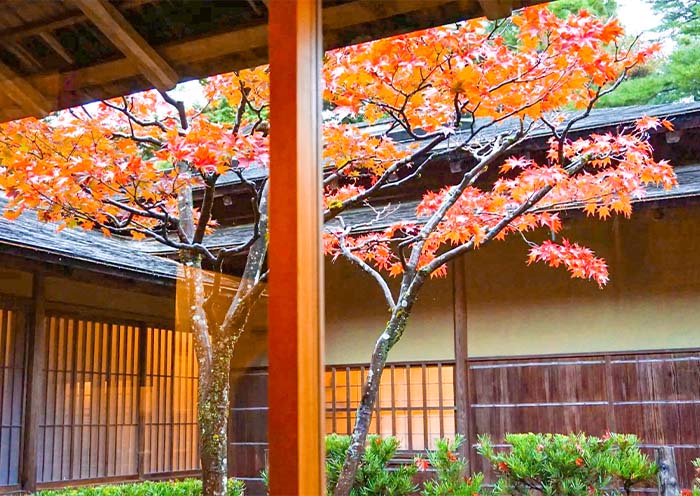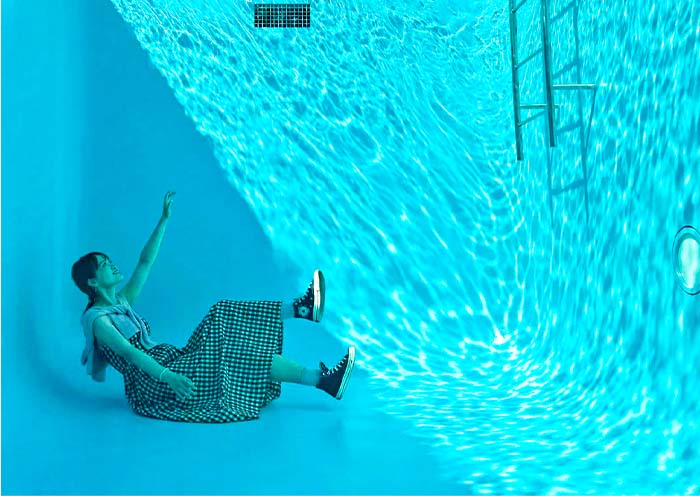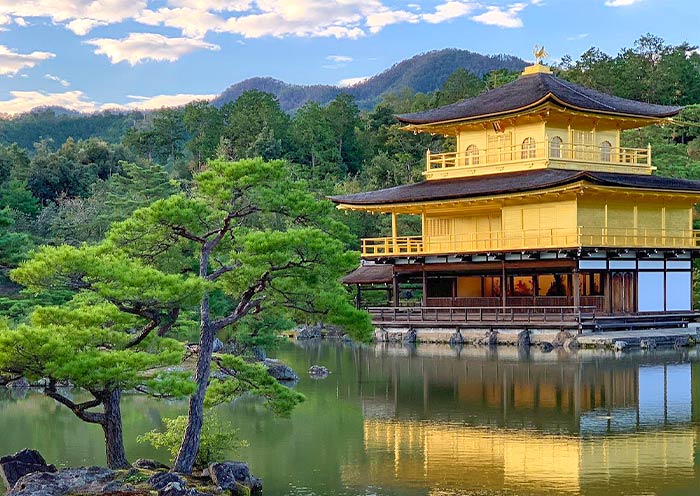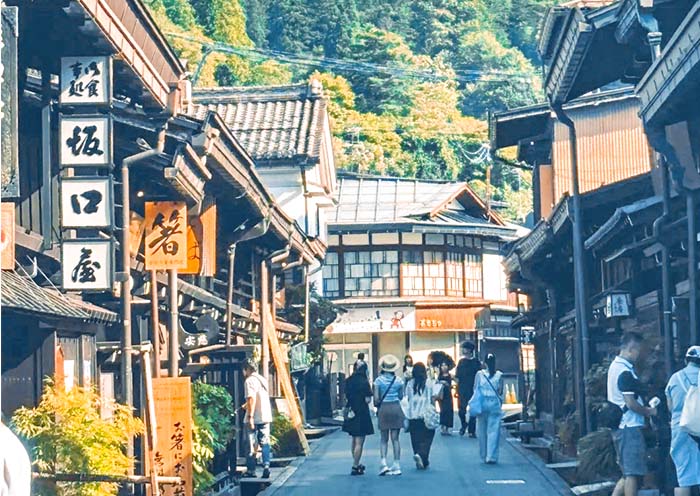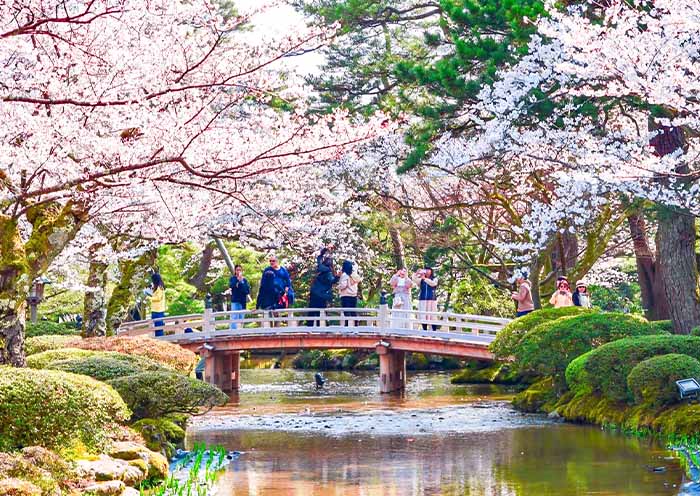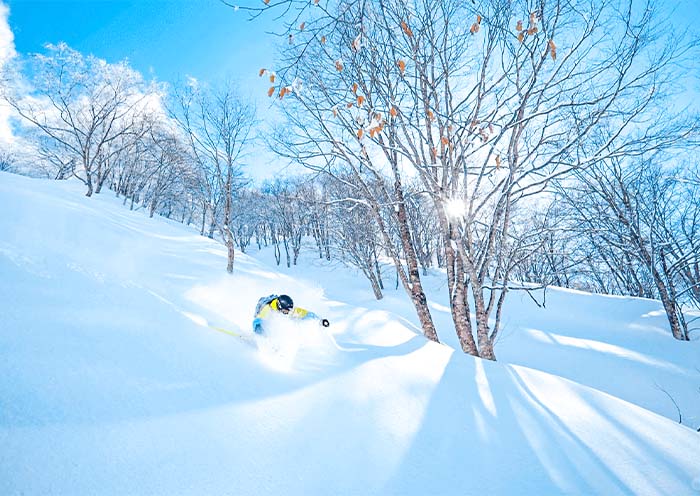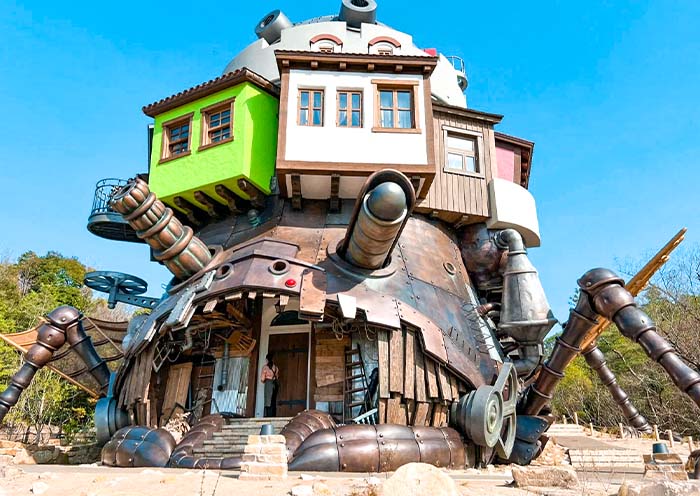8 Days Tokyo Kanazawa Kyoto Osaka Art Tour: Top Japan Art Tour
From
USD request![]()
- This is the price per person, based on a group of 6 people, 4-star hotel accommodation, and travel during the regular season.
- Early-bird rates apply to bookings made at least 6 months prior to the departure date.
- The price is subject to change depending on your travel season, group size, hotel class, and potential fluctuations in currency exchange rates.
- Highlights
- Itinerary
- Price
- Trip Notes
- Accommodation
- Photos
- Reviews
Got Best Japan Art Route: Hottest Art Museum & Must-see Spots
The art in Japan's cities is a part of the air. Artisan or not, these architecture instantly captures your heart. Light, shadow, seasons, and trees, even you also become a part of art and architecture. Truly unique! Join our 8 Days Tokyo Kanazawa Kyoto Osaka Art Tour.
For complementary art, explore top 3 trending art museums and one art island. You'll discover Tokyo's The National Art Center, Kanazawa's 21st Century Museum of Contemporary Art, Kyoto's Mihu Museum, and Naoshima Island nearby Osaka.
Moreover, 8 Days Japan Art Tour admire classic ancient attractions, including Tokyo's Meij Jingu Shrine, Senso-ji Temple. Visit Kanazawa's Kenroku-en. Head to Kyoto's Kinkakuji Temple, Fushimi Inari Taisha Shine. Of course, run to Osaka Castle, and more.
Starting from Tokyo, we are licensed local guides to explore Japan's art scene one by one. We've got confidence to create lasting art memories for you, backed by decades of experience!
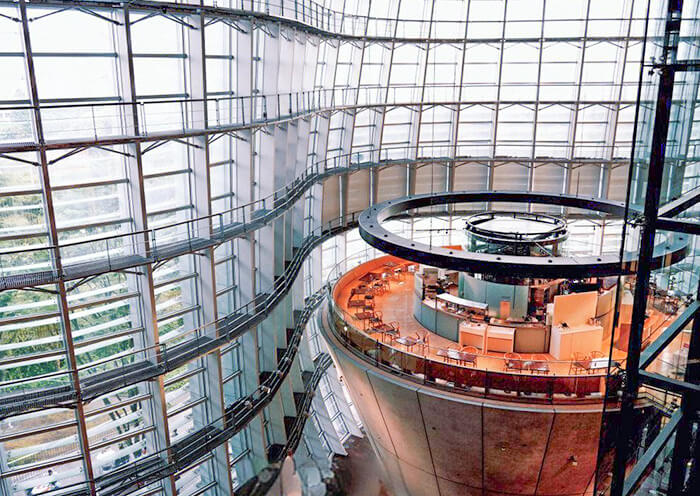
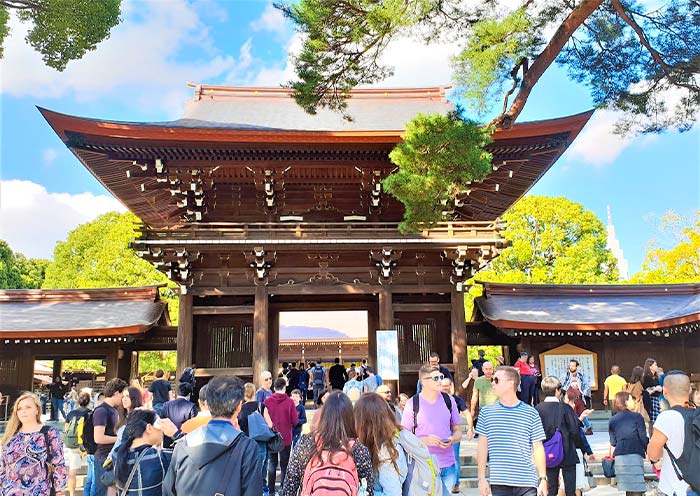
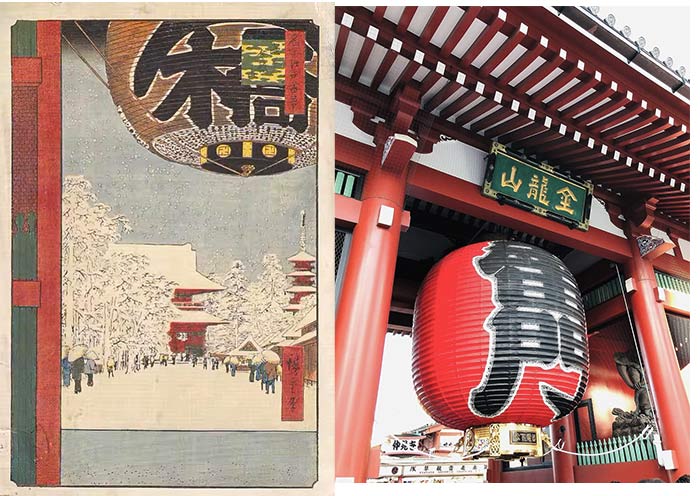
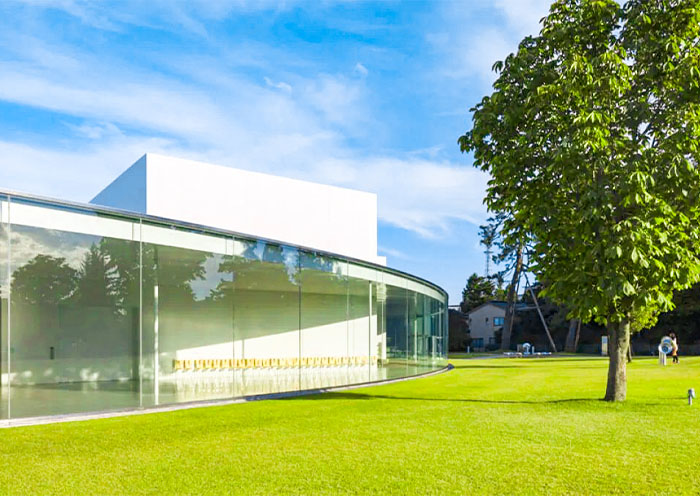
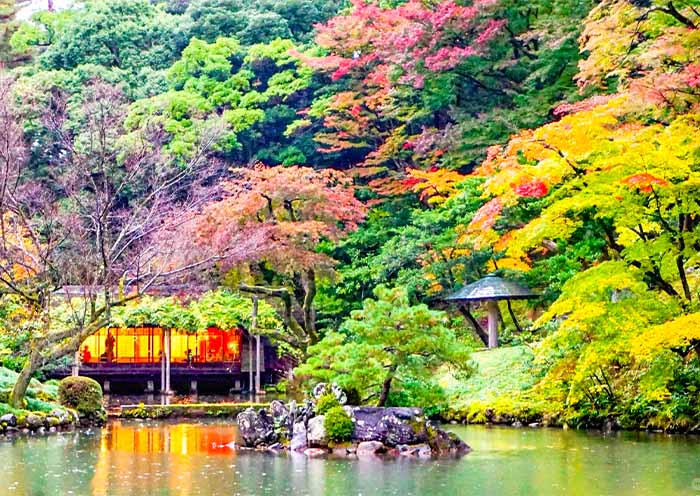
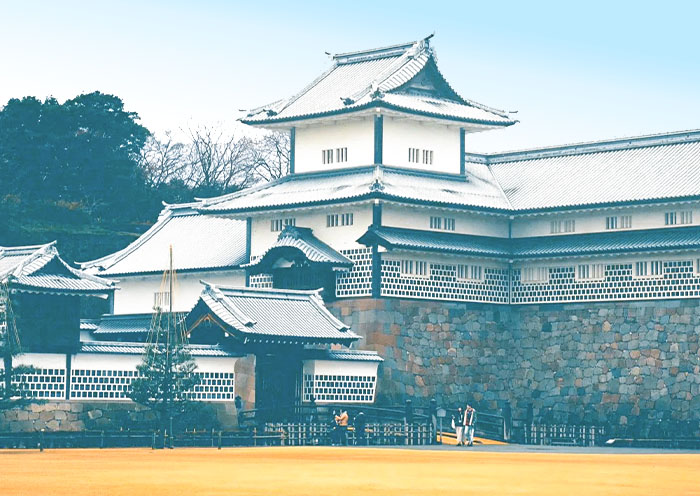
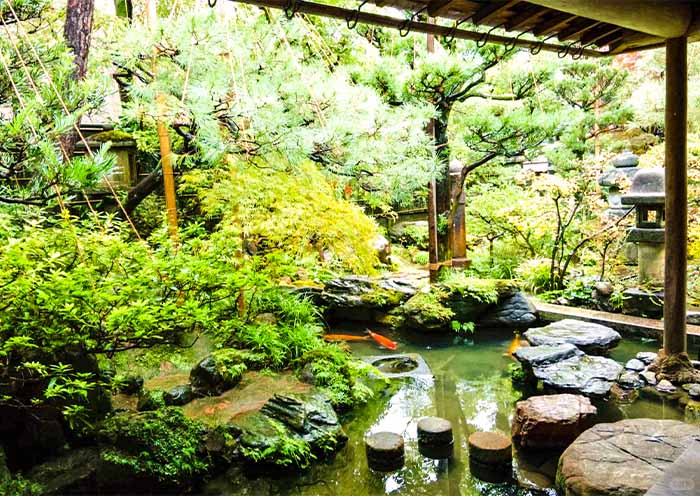
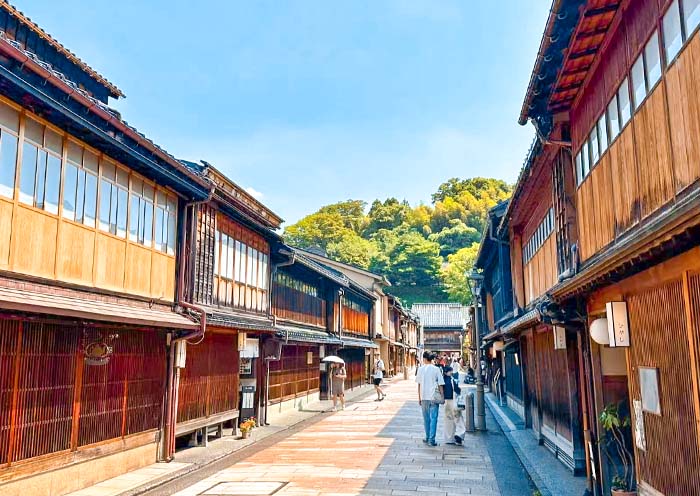
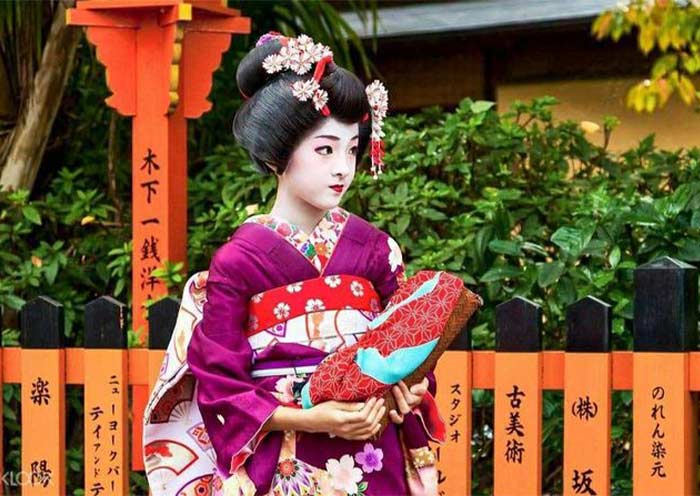

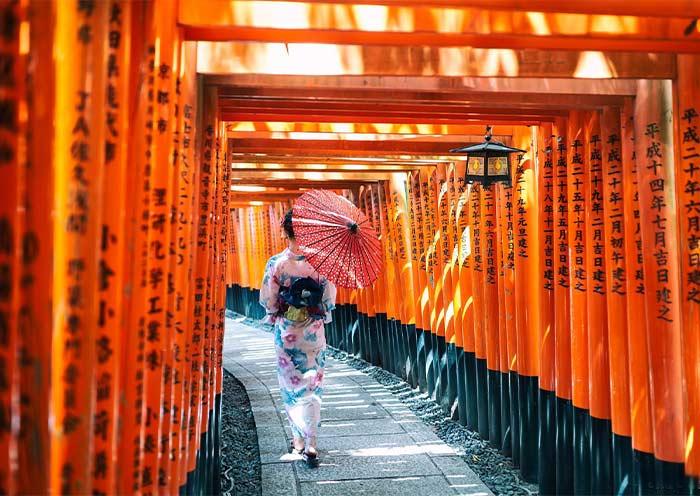
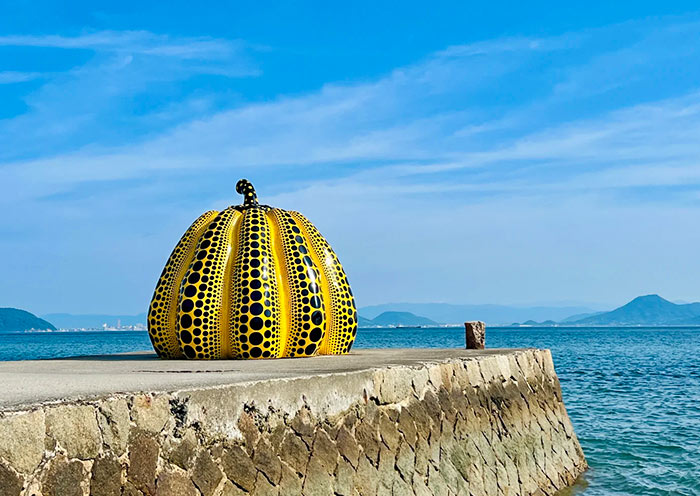

Itinerary at a Glance
Tokyo (2 Days)
Meiji Jingu Shrine, Shibuya Crossing, The National Art Center (Closed on Tuesdays), Senso-ji Temple
Kanazawa, Japan (1.5 Days)
21st Century Museum of Contemporary Art (Close on Mondays), Nagamachi Samurai District, Kenroku-en, Kanazawa Castle Park, Higashi Chaya District, Gold Leaf Work Shop
Kyoto (1.5 Days)
Kinkakuji Temple, Nishiki Market, Gion, Yasaka Shrine, Ninenzaka & Sannenzaka, Kiyomizudera Temple, Fushimi Inari Taisha Shrine, Miho Museum
Osaka (0.5 Day)
Osaka Castle Park, Shinsaibashi-suji & Dotombori
Naoshima Island (1 Day)
Chichu Art Museum (Closed on Mondays), Lee Ufan Museum (Closed on Mondays), Benesse House Museum (Closed on Mondays), Yayoi Kusama's Yellow Pumpkin
Osaka
Osaka Departure
Itinerary Day by Day
Konnichiwa(こんにちは)!Welcome to Tokyo, the capital city of Japan! Upon your arrival at the airport in Tokyo, your driver (not English-speaking) will meet you at the exit and then escort you to the hotel. You can have a good rest in your hotel and get ready to explore Tokyo with your guide the next day.
As one of Japan and Asia's largest economic centers, Tokyo is a hub for Japanese culture and art, with numerous museums, art galleries, theaters, and cultural venues, serving as a vital platform for artistic activities and cultural exchanges. Tokyo stands as a significant base for technological advancement, nurturing numerous high-tech companies and innovative talents, holding leading positions globally in areas like electronics, automotive, and robotics technology.
Situated at the southern end of the Kanto Plain, Tokyo is surrounded by diverse natural landscapes including Mount Fuji, providing residents with leisure and outdoor activity spaces. At one point, the population of the Tokyo metropolitan area reached 36 million, accounting for one-third of Japan's total population. Despite the high cost of living, Tokyo provides residents with convenient living conditions, offering a plethora of shopping centers, entertainment facilities, and a rich culinary culture ranging from fine dining to street food.
Arrival Ideas:
1. Japan has two commonly used international airports. Narita International Airport, located 63.5 km from the center of Tokyo, is the primary international air hub for Tokyo, where flights from China to Tokyo usually land. Tokyo International Airport (Haneda Airport), is situated 17 km from the center of Tokyo and mainly serves domestic flights within Japan and some international flights, including flights to South Korea and other East Asian regions.
2. Cities that have Direct Flights to Tokyo include, but are not limited to: Beijing, Shanghai, Guangzhou, Shenzhen, Hangzhou, Xi'an, Chengdu, Chongqing, Hong Kong, Taipei, Kaohsiung, Seoul, Singapore, Bangkok, Kuala Lumpur, Jakarta, Bali, Manila, Ho Chi Minh City, Hanoi, and more. Please note that flight information is subject to changes based on time and market demand. Contact us to obtain the latest flight information and prices.
3. In Japan, using public transportation such as the Subway JR trains is Recommended to save costs, avoid traffic congestion, and help reduce carbon emissions. Taxi Fares in Japan are relatively high, with a starting fare of around 660 Japanese yen and 140 yen per km. Waiting time is also charged. Surcharges are applicable during nighttime and peak hours (+20%), and expressway tolls are additional. Extra fees are levied for large luggage. For instance, a taxi ride from Tokyo Tower to Narita Airport, covering about 60-70 km,might cost around 25,000-35,000 Japanese yen (roughly 170-237 USD).
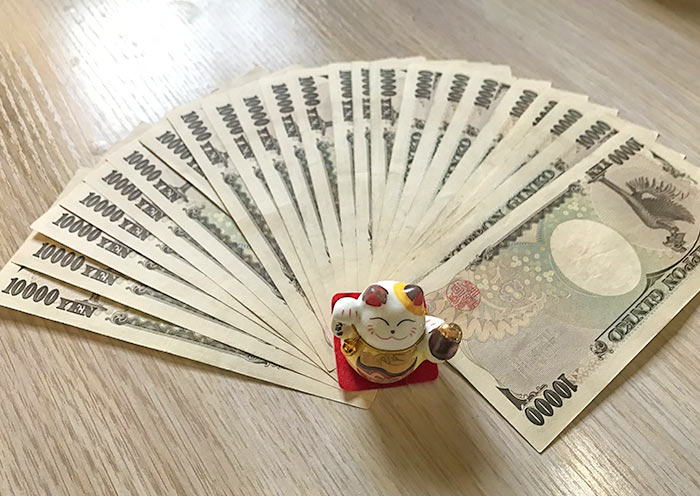
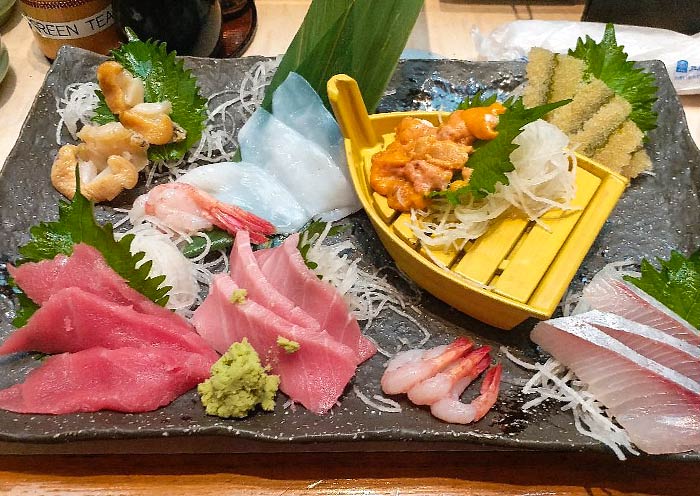
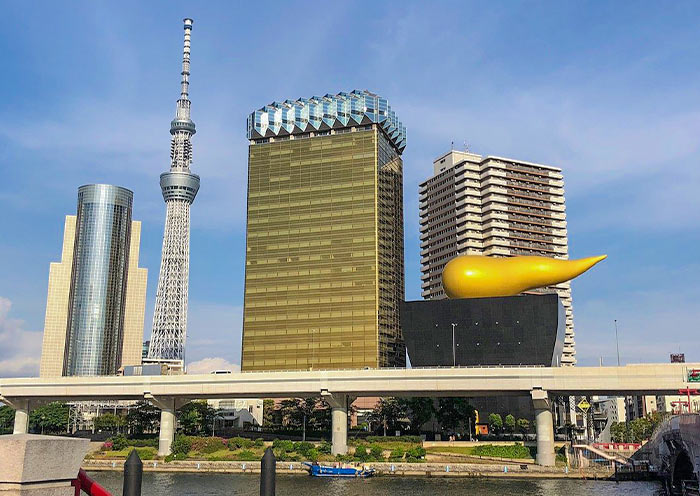
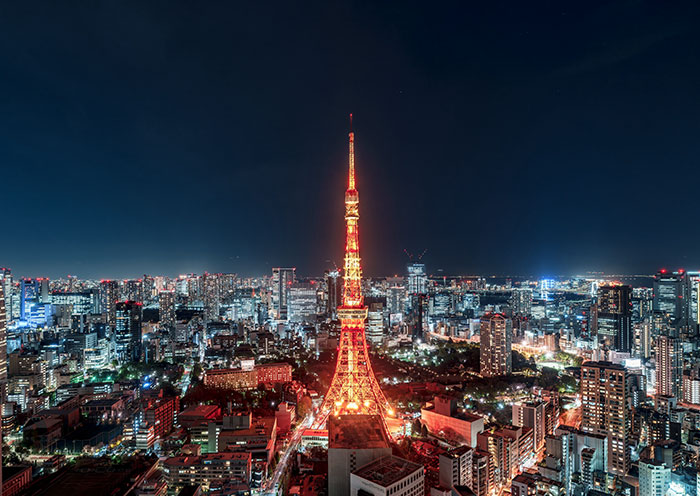
Full day explore Tokyo. You will visit Meiji Jingu Shrine, Shibuya Crossing, The National Art Center, Senso-ji Temple.
First to visit Meiji Jingu Shrine (Meiji Shrine), a Shinto Shrine dedicated to Emperor Meiji (1852-1912) and Empress Shoken (1849-1914), who played a crucial role in modernizing Japan while excelled in writing Waka (traditional Japanese poems of 31 syllables in the pattern 5-7-5-7-7). Meiji Shrine is a popular venue for traditional weddings, where you will have the opportunity to witness a Japanese Wedding Procession, experiencing the charm of Japanese traditional culture.
Founded in 1915 and finished in 1920, Meiji Shrine features a unique architectural style, with the main hall adopting traditional Japanese Shinto Shrine architecture infused with modern elements in its details. You will walk through Japan's Largest Wooden Torii Gate, standing in its natural wooden hue and weighing up to 13 tons. The Torii gate serves as the Symbol of Shinto Shrines, marking the transition from the worldly to the sacred. Walking through this gateway symbolizes stepping into the divine realm, evoking a profound sense of mystery and reverence.
As a peaceful oasis in the city, Meiji Jingu Shrine is the largest green space in the center of Tokyo. In the land-scarce city of Tokyo, the vast area occupied by the Meiji Shrine is truly astonishing! The sacred forest (170,000 trees) surrounding the main shrine buildings of Meiji Jingu is man-made, planted by 110,000 volunteers in honor of their beloved Emperor Meiji (established Shinto as the state religion) and Empress Shoken. The forest serves also to separate the sacred from the profane world.
Take a stroll along the paths and enjoy the fresh air and natural beauty. Then, you will notice the impressive Sake Barrel Wall along the South Approach, which features offerings from sake breweries and believers across Japan, including barrels of sake and Western liquor, reflecting Emperor Meiji's fondness for Western culture. At the main hall of Meiji Shrine, you can witness locals washing their hands and rinsing their mouths at Purification Font before worship as a sign of respect. You can offer a 5-yen coin (symbolizing a connection) like locals and pray for blessings. In the eyes of the Japanese, Meiji Shrine is considered to have such boundless capabilities, from naming ceremonies for newborns, to coming-of-age ceremonies, graduation ceremonies, seek marriage partners, pray for world peace, family well-being, safe travels, good health, warding off calamity, etc. In addition to immersing yourself in Japanese Shinto traditions and architecture, revel in the enchanting surroundings filled with lush trees, serene ponds, graceful bridges, and stone pathways that epitomize the essence of traditional Japanese garden art. You should visit here to enjoy the vibrant bloom of cherry blossoms in spring, the verdant beauty of summer, the fiery hues of autumn leaves, and the serene snowy landscapes of winter.
Tips for Visiting Meiji Jingu Shrine:
1. Wear modest clothing: Respect the sacred nature of the shrine by dressing appropriately.
2. Be mindful of noise levels: Maintain a quiet and respectful atmosphere.
3. Inner Garden (Optional; self-pay; once Imperial Property), and Meiji Jingu Museum (Optional; self-pay; items used by the imperial couple).
Then, move to visit Shibuya Crossing, one of the busiest intersections in the world, accommodating approximately 3,000 people per minute. As one of Tokyo's iconic locations, Shibuya attracts tourists and photographers from around the globe who come to observe and capture its essence. Numerous movies, TV shows, commercials, and music videos are filmed at this location, such as "Detective Chinatown 3" and "The Fast and the Furious: Tokyo Drift." Additionally, the well-known story of Hachiko the Loyal Dog originates here. Hachiko, an Akita dog, continued to visit the station daily to await his deceased owner's return. The Hachiko Statue located in front of Shibuya Station stands as a significant cultural landmark in the Shibuya area, attracting numerous visitors annually who come to pay their respects and honor his loyalty.
Next, head to The National Art Center, Tokyo, Japan's most diverse national art museum. Located in the Art Triangle Roppongi and a must-visit for any Tokyo art tour, it was designed by the famous Japanese architect Kisho Kurokawa.
Its striking exterior is a massive, undulating glass facade where sunlight streams in from every angle. Inside, the high atrium and curved walls flow through the space like water. The museum has no permanent collection. Instead, it focuses on a variety of special and public exhibitions each year, ranging from classic Western paintings and contemporary art to manga, fashion, and photography. It’s an art space designed for everyone to enjoy.
Conclude your day at Senso-ji Temple (Asakusa Kannon Temple), a must-visit for anyone traveling to Tokyo. Here, you can experience the heart of old Tokyo and its vibrant atmosphere. You can take photos that frame Senso-ji Temple and the Tokyo Skytree;(Japan's Tallest Tower; 634 meters) together.
Senso-ji Temple was built in 628 AD and has a history of over 1300 years, making it one of Japan's oldest temples. It not only witnesses Japan's historical changes but also carries a rich Buddhist culture. The architectural style of Senso-ji Temple blends Japanese traditional culture and art, with rich colors and exquisite carvings. The main buildings include the main gate (Kaminarimon; a landmark of Tokyo), the bell tower, the Five-story Pagoda (a landmark of Tokyo), and the main hall, all reflecting ancient Japanese architectural style and religious beliefs.
Kaminarimon is the iconic structure of Senso-ji Temple, towering at 11.7 meters high and 21.7 meters wide, truly spectacular. Giant Red Lanterns hang in front of the gate, with the words "Kaminarimon" prominently displayed. Kaminarimon is not only a symbol of Senso-ji Temple but also one of Tokyo's most famous landmarks. You may have seen the work of Utagawa Hiroshige, one of the "Three Greats of Ukiyo-e," in his piece "One Hundred Famous Views of Edo: Asakusa Kaminarimon," depicting a snowy scene of the Kaminarimon gate, celebrated for its delicate portrayal and profound imagery, becoming a masterpiece of Ukiyo-e art. The area is bustling, and crowded with people coming to pray and seek blessings for health, peace, and happiness. Around Senso-ji Temple, you can taste various Japanese cuisines, purchase unique souvenirs, and participate in various celebratory activities.
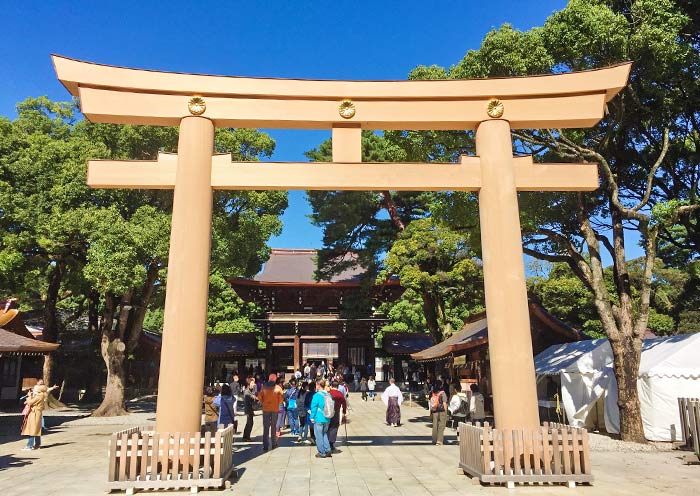
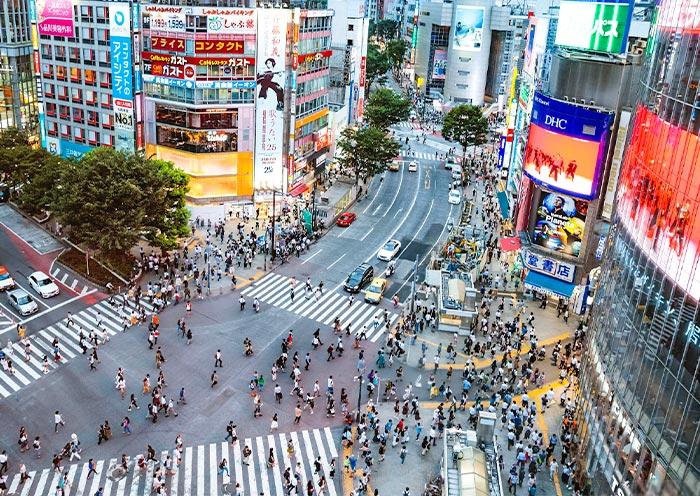

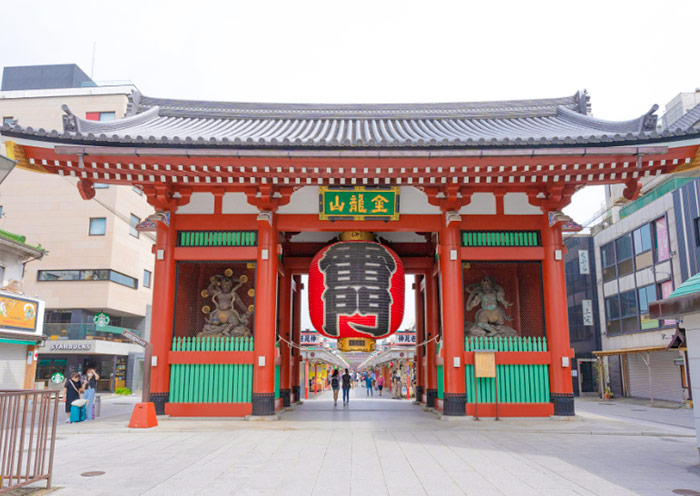
Today, take 4 hours high speed train to Kanazawa. And spend rest of time in Kanazawa for its art museum and ancient samurai district.
Kanazawa, a key cultural city in Japan's Hokuriku region, is often called "Little Kyoto." It's famous for its well-kept Edo-era samurai history, beautiful traditional crafts, stunning gardens, Gold Leaf, and its charming, classic "Little Kyoto" feel. Get a good night's sleep. Tomorrow's sights are close together and won't be crowded.
First, soak in the art at 21st Century Museum of Contemporary Art. It is one of Japan's most internationally influential contemporary art museums, often mentioned alongside Tokyo's Mori Art Museum. Interactivity and openness are incredible. This transparent, circular building, with a diameter of 112.5 meters, has no distinct front or main entrance, offering endlessly extending views. Entering from any direction, you become part of the scenery, a companion to the interplay of light, the cherry blossom trees, and even passing clouds. The museum's most famous landmark is the installation art "The Swimming Pool," where you can walk into the bottom of a pool that appears to be full of water.
Second, drive to Nagamachi Samurai District. It’s a precious relic of Japan's samurai culture, a core district where upper-ranking Edo-period samurai. Its narrow, rustic streets are lined with shoulder-high earthen walls and wooden buildings. The Nomura House exemplifies samurai life. Here, the house, pond, tree, stone lantern meet in perfect embrace. Sit, listen, or view from the second-floor tea room. An ideal spot to revitalize energy.
After the tour, stay overnight in Kanazawa.
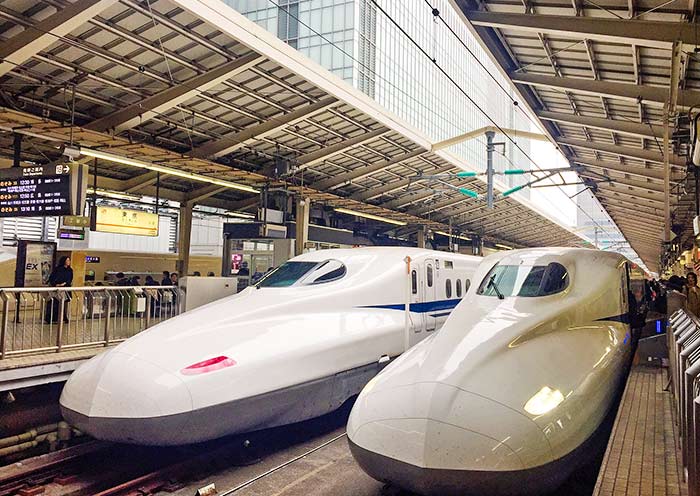
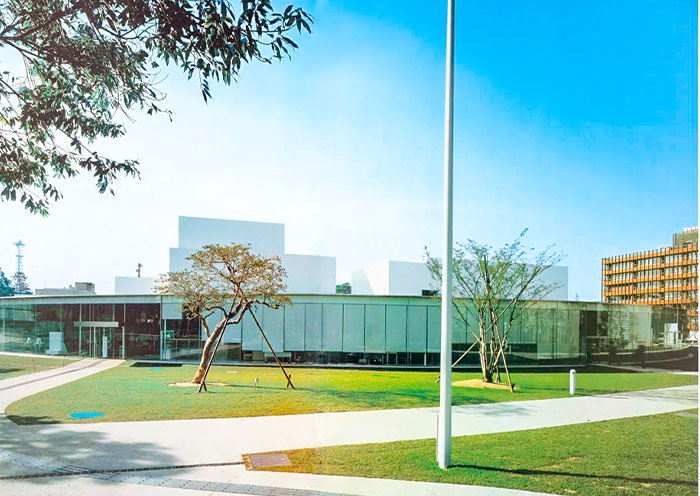
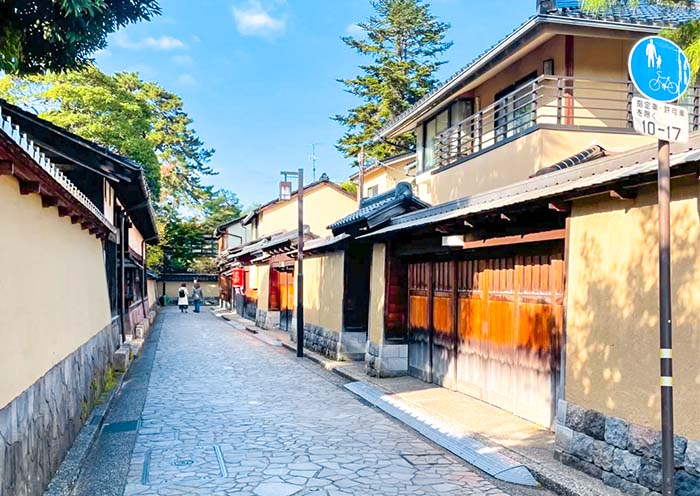
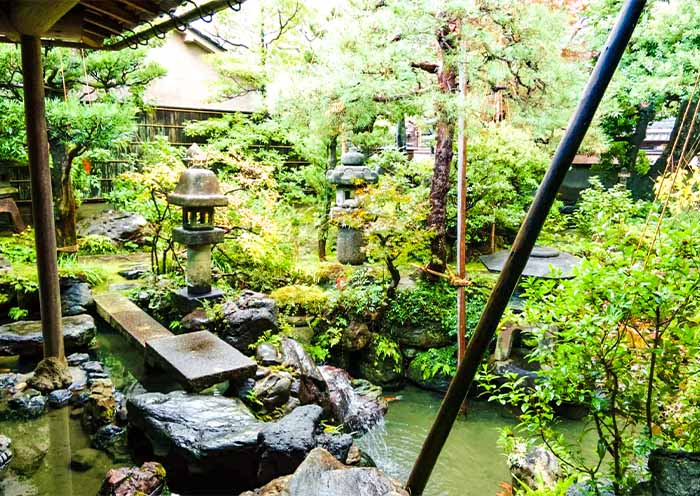
Take a whole day in Kanazawa for its traditional Japanese garden, castle, old street and golden leaf artisan DIY.
First, explore Kenroku-en, Kanazawa's iconic garden and one of Japan's top three. It shows off the best of Japanese garden art. This garden, built in the 1600s by the Maeda noble family and opened publicly in 1871, blends spaciousness, tranquility, artistry, ancient vibes, water features, and great views along its winding paths. Photographer would love every season, with spring's cherry blossoms and winter's yukitsuri (snow-draped trees) being their best model.
Inside through Mayumizaka Gate, the biggest highlight is Kasumigaike Pond, where you'll find famous Kotojitoro Lantern with one leg in water, one leg on bank. Nearby is unique Neagari-no-Matsu (Root-lifting Pine), with its roots impressively exposed. And, rest at Shigure-tei Tea House, a former noble resting spot, where you can enjoy matcha and sweets. Look back, stunning garden views pour in through its open doors.
Second, head to opposite Kanazawa Castle Park, Kanazawa's historical center. This expansive park encompasses famous Kanazawa Castle, once home to the Maeda family, powerful Edo-period feudal lords. The relics still echoes grandeur of rulers from centuries past.
You will explore key areas like the Hishi Yagura (a rhomboid-shaped watchtower showcasing castle's defense layout and wooden construction techniques), the Gojukken Nagaya (a 90-meter long armory and soldiers' barracks). This is your place to glimpse Edo-era castle and samurai.
Third, explore Higashi Chaya District, Kanazawa's iconic old street often compared to Kyoto's Gion. Built in the 1800s, this area once hosted samurai enjoying tea and geisha performances, and over 20 original Edo-era buildings still line. You can experience Edo-period high society at Shima Teahouse with tea and sweets, and be sure to try gold leaf ice cream. Finish your day at a Gold Leaf Workshop for a fun DIY project. Gold Leaf always ranks No. 1 when it comes to Kanazawa's specialty. Give it a try. You'll pick a mirror or chopsticks, mask it under the helpful of instructors. Create your golden art.
After the tour, take 2 hours train to Kyoto for hotel check-in.
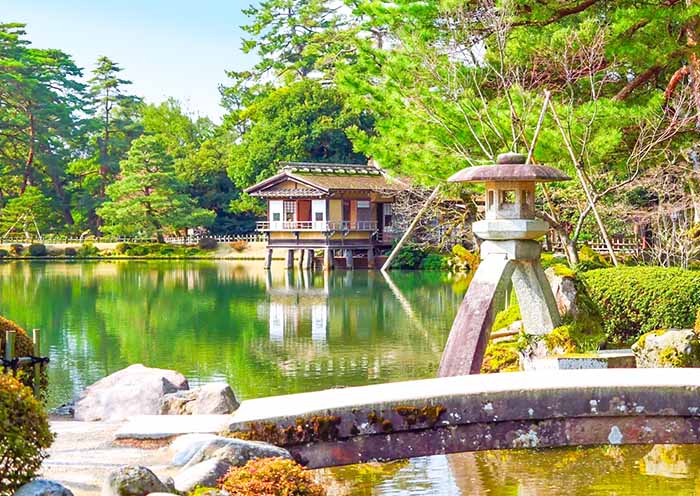
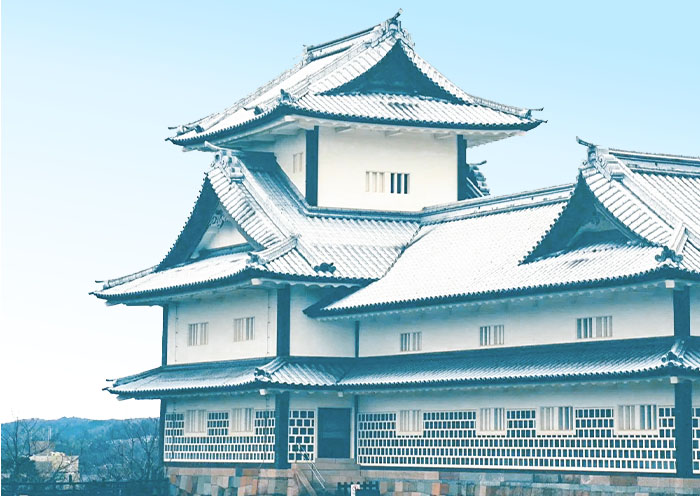
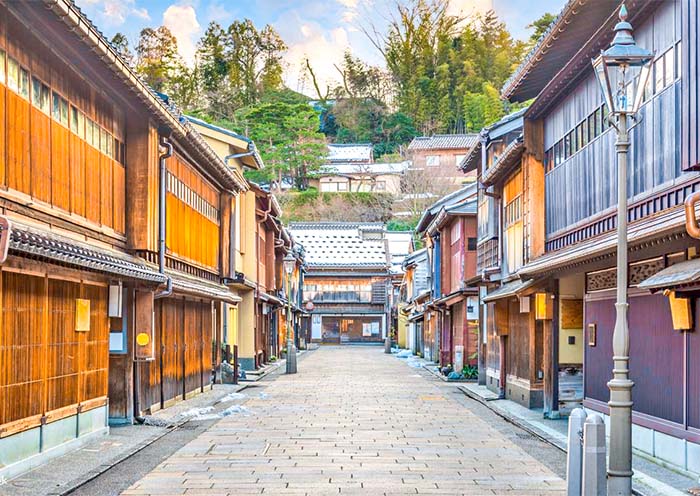
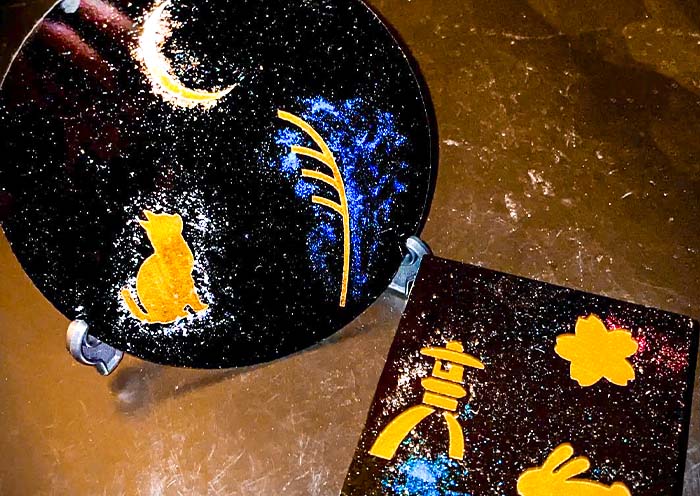
Today, you will experience the rich culture and history of Kyoto, from its ancient temples, shrines, and castles to its vibrant market and traditional district.
Start your day with a visit to one of Kyoto's most iconic sights, Kinkakuji Temple (Golden Pavilion) - a UNESCO World Heritage site. This Zen Buddhist temple is famous for its stunning golden exterior. The temple's stunning visual appeal comes from its top two floors, which are completely covered in gold leaf. The reflection of the golden structure shimmering in the pond in front of it, making it perfect for photos and quiet reflection. It was originally built in 1397 as a retirement villa for Shogun Ashikaga Yoshimitsu. After Yoshimitsu's death, as per his will, the villa was converted into a Zen temple by his son.
Next, make your way to Nishiki Market, often called "Kyoto’s Kitchen." This vibrant market is the perfect place to sample a variety of local dishes, such as cute Japanese sweets wasabi salt, fresh sashimi skewers to tako tamago (small octopus head stuffed with a quail egg on a stick). Enjoy browsing through the stalls and trying different Kyoto delicacies.
After lunch, head to Gion, Kyoto's famous geisha district. Here, you might catch a glimpse of Geisha (Geiko) in their elaborate kimonos and traditional makeup. As you wander through the cobblestone streets of Gion, take a moment to appreciate the beautifully preserved machiya (wooden townhouses), ochaya (teahouses), and exclusive ryotei (traditional Japanese restaurants).
From Gion, a short walk will bring you to Yasaka Shrine, the guardian shrine of the Gion entertainment district, which dates back over 1350 years. Yasaka Shrine is particularly favored by those seeking beauty and wealth. Visiting this significant Shinto shrine in Kyoto, you may also find yourself gaining some good luck. The shrine is most famous for its Gion Matsuri in July, during which you can witness the procession where the deities of Yasaka are paraded through the city streets.
Then, walk up the well-preserved streets of Ninenzaka and Sannenzaka towards Kiyomizu-dera Temple. These charming, sloping streets are lined with traditional shops and quaint tea houses, offering a nostalgic glimpse into Kyoto's past. As you stroll through these areas, you can shop for unique crafts, sample local snacks, and perhaps stop at a café to relax and soak in the atmosphere of old Kyoto.
Your day culminates with a visit to Kiyomizudera Temple, another UNESCO World Heritage Site. Perched on the hillside of Eastern Kyoto, this temple is renowned for its wooden stage that juts out over the hill, providing stunning views of the city and the surrounding nature. The temple's main hall, constructed entirely without the use of nails, is an architectural marvel. Kiyomizu-dera is also celebrated for its sacred waters, which are believed to have wish-granting powers that draw countless visitors who come to drink from its stream. Don’t miss the Hondo (Main Hall), Jishu Shrine, the Otowa Waterfall, and the spiritual experience of the Tainai-Meguri room.
Tips: The scenery at Kiyomizudera Temple is distinctively beautiful in each season, offering a unique charm year-round. In spring, the mountains are adorned with charming cherry blossoms; in summer, they are lush with vibrant greenery; in autumn, they are decorated with brilliantly colored leaves; and in winter, they are filled with enchanting trees.
Stay overnight in Kyoto.
Optional Activities:
- Join a geisha tea ceremony in Kyoto.It offers a chance to see a performance by a geisha, experience the tea ceremony, and learn all about its artful rituals.
- Kyoto traditional kimono experience.Wear a traditional kimono and stroll through scenic districts like Gion or around Kiyomizu-Dera Temple. Enjoy photo opportunities and the feel of traditional Japan.
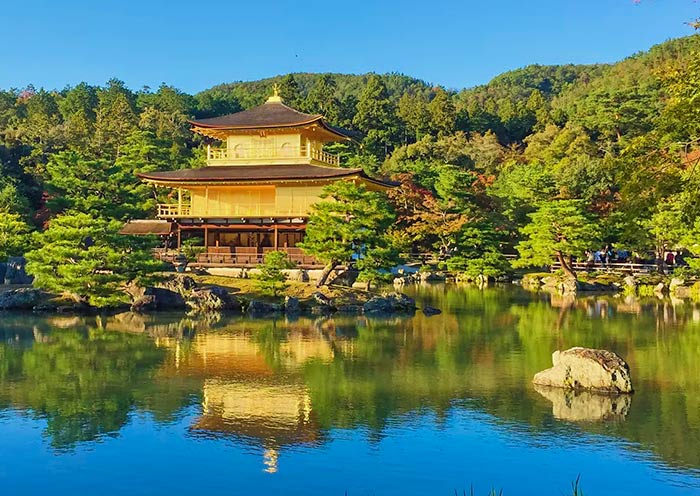
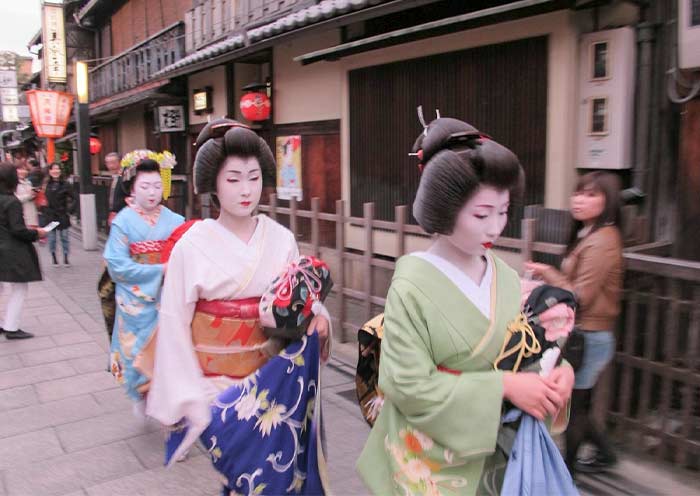
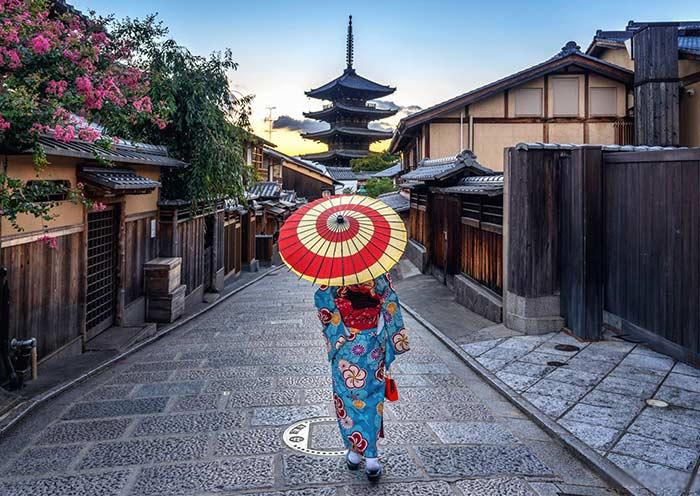
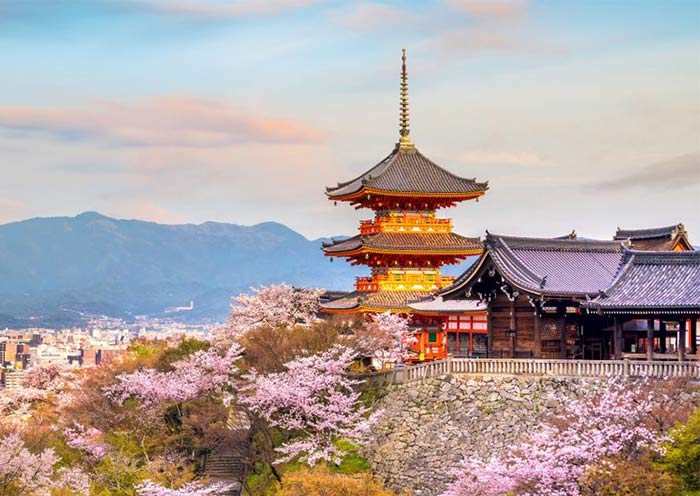
Start morning in Kyoto bright and early at one of its most iconic sites - the Fushimi Inari-taisha Shrine to beat the crowds.
Fushimi Inari Taisha Shrine is famous for its thousands of vermilion torii gates, known as Senbon Torii (“thousands of torii gates”). Layers upon layers of vermilion torii gates line the lush, wooded hillside, forming a seemingly endless corridor. The vibrant orange and black gates contrast beautifully with the surrounding greenery, creating a visually stunning and almost otherworldly path that is highly photogenic.
Fushimi Inari Taisha was founded in the early 8th century (711 AD) and is primarily dedicated to Inari, the Shinto god of rice, fertility, sake, agriculture, and industry. As you explore the shrine, you will encounter hundreds of fox statues. Said to be the messengers of the god Inari, who is associated with cereal grains, these fox statues often symbolize the deity. Many of these fox statues are depicted holding a key in their mouths, which is said to open the granary.
Tips: Hiking to the summit of the mountain and back will take two to three hours, but many people go only as far as the Yotsutsuji intersection because there are fewer torii gates beyond this point. It will take 30 to 40 minutes to reach Yotsutsuji.
Second, drive one hour to Miho Museum, Japan's most beautiful private museum. It was meticulously designed by world-renowned architect I.M. Pei. Its collection spans Eastern and Western civilizations, featuring ancient Eastern art, Silk Road artifacts, and Egyptian and Greek antiquities. Architecture itself is a work of art. The design was inspired by an ancient Chinese fable, The Peach Blossom Spring. Hidden deep in the mountains, it blends perfectly with nature and Zen.
Only one-eighth of main building is visible. To reach it, you must first cross a 270-meter silver tunnel. It's dark at first, but the walls at the exit are tinged with colors of the season—spring pink sakura, summer green trees, or autumn red leaves. This tunnel sparked a sense of curiosity for museum. After crossing a suspension bridge, you'll find the museum is worth the wait.
Note: The museum is closed from December to mid-March.
Third, head to Osaka Castle Park in Osaka, one of Japan’s most famous landmarks and a symbol of Osaka’s historical grandeur. Originally built in 1583 by Toyotomi Hideyoshi, a powerful daimyo who aimed to unify Japan, it was the largest castle of its time. After multiple renovations and reconstructions, today's Osaka Castle has been transformed into an open park, covering a total area of 105.6 hectares, making it a must-visit attraction.
Walking into the scenic area of Osaka Castle, you'll be amazed by the massive scale and precision of the moats, gates, and stone walls. The largest stone slab is 11 meters wide, and many stones are inscribed with the crests of the 64 daimyō (feudal lords) tasked with the castle’s construction back in 1620. The most breathtaking feature is the Main Tower (Tenshukaku) of Osaka Castle, which stands tall against the sky at the center of the extensive castle grounds. The castle tower's interior is a museum showcasing artifacts related to Toyotomi Hideyoshi and the castle's history. The observation deck on the 8th floor offers a panoramic view of Osaka Castle Park and the Osaka Plain.
In the afternoon, you will experience the unique charm of the city through a street food and shopping tour. Enjoy shopping at Shinsaibashi-suji Shopping Street, Osaka's busiest shopping arcade. Then, head to the lively district of Dotonbori, where waterways are lined with luminous advertisements and signs. It's especially glitzy during the holiday season, with decorations strung across the bridges. Full of fantastic restaurants, clubs, and karaoke bars, it's the city's go-to area for entertainment. Take a photo at the iconic Glico Man sign. Try takoyaki, ball-shaped octopus bites, kushikatsu (Japanese deep-fried skewered meat and vegetables), and okonomiyaki, a savory Japanese pancake topped with whatever you like.
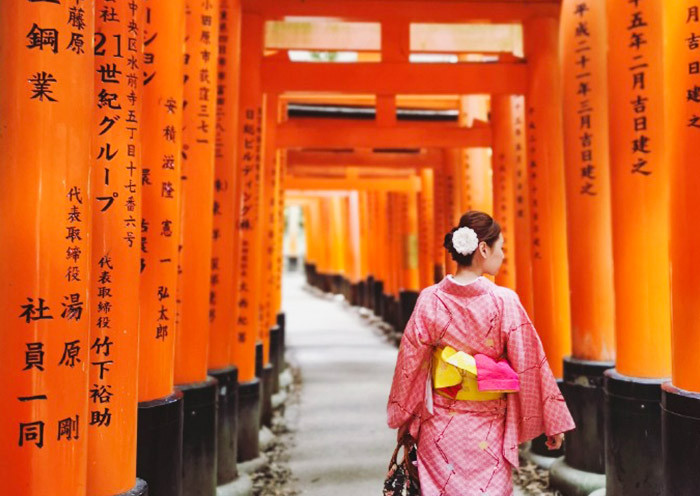
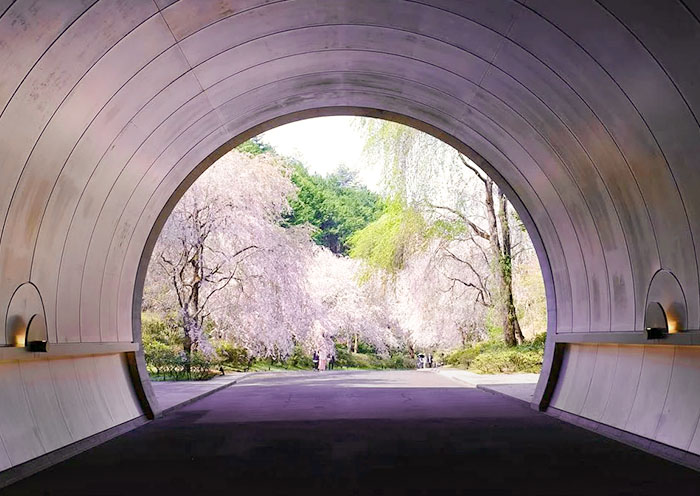
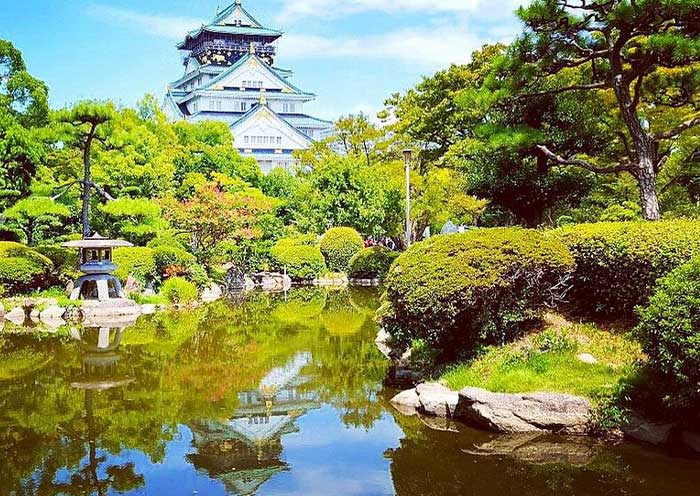
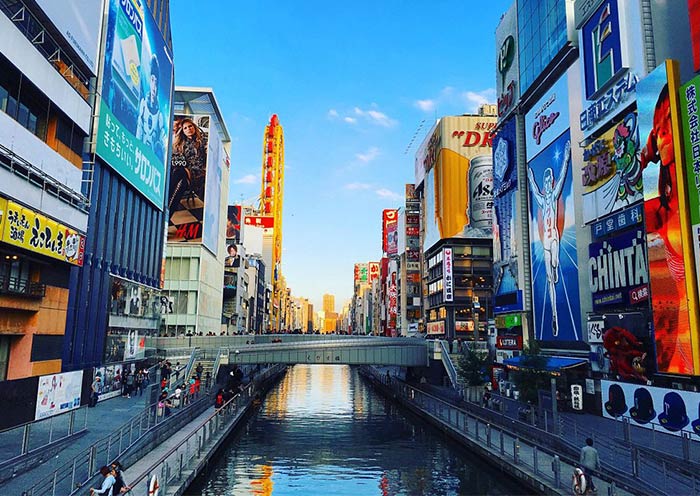
Embark on a day tour to Naoshima Island. Naoshima, originally a deserted island with a population of about 3,000, has now transformed into the "Island of Contemporary Art," attracting millions of visitors annually. It is not only a pilgrimage site for art enthusiasts but also home to Tadao Ando's architectural philosophies, Yayoi Kusama's avant-garde art, the tranquil beauty of the Seto Inland Sea, and the main stage for the Setouchi Triennale. You may find it a journey of “Less is more”.
Naoshima Island, known as Tadao Ando’s Art Island, is a place where Tadao Ando's architectural designs blend seamlessly with art and nature. From 1990 to 2025, he successively designed and constructed 10 buildings on the island. If you are a fan of Tadao Ando, don't miss visiting his masterpieces, including the Chichu Art Museum, Lee Ufan Museum, and Benesse House Museum.
You'll travel by ferry to this "Art Island," where you can explore its many wonders on foot, by shuttle bus, or by bike. When you get off the ferry, you will be welcomed by Yayoi Kusama's Giant Pumpkin (red one). You will see the yellow one by the end of the tour.
Then, head to visit Chichu Art Museum, a masterpiece by Tadao Ando. It is constructed underground to preserve the scenic beauty of the Seto Inland Sea and embody the concept of "harmony between humans and nature." The exhibition areas within the museum are combined with geometric forms such as triangles, squares, and rectangles, using natural light to delineate the art of space, time, and shadows. It houses 5 masterpieces by Monet (Water Lilies) and works by artists like James Turrell (Open Sky), Walter De Maria (Time/Timeless/No Time), making it a pilgrimage site for architecture enthusiasts. The entrance recreates the authentic atmosphere of Monet's garden. The museum features a café. Visitors are required to change slippers while viewing the exhibitions, and photography is prohibited.
You can hop to Lee Ufan Museum. It is situated next to the Seto Inland Sea, backed by a large mountain, and is a semi-underground building created through the collaboration of architect Tadao Ando and artist Lee Ufan. The museum displays Lee Ufan's paintings, sculptures, and other works from the 1970s to the present day - his creations often involve the use of stone, iron plates, space, and emptiness, representing the "Mono-ha" art movement.
At the core of "Mono-ha" is the relationship between objects: when two objects are placed together, their interaction forms the worldview of art. Walking through the exhibition halls, with simple columns and rough stones, it feels as though they are silently revealing the mysteries of points, lines, and planes. This space is not just an art gallery; it is a philosophical dialogue about the essence of "objects."
After that, time to explore Benesse House Museum. It is a "hotel-museum" designed by Tadao Ando. It is rare and unique - seamlessly integrating indoor and outdoor art, with exhibits scattered along the seaside and mountains. You might be moved by Bruce Nauman's 1984 neon work, "100 live or die," where randomly illuminated colored fonts softly convey messages like "kiss and live," "touch and live," "love and die," and "cry and die." You can also see Yayoi Kusama's "pumpkin" in the open space by the seaside pier, known as the "pumpkin at the end of the world." Symbolic of Naoshima, the Yellow Pumpkin (different from the red pumpkin) often bids farewell to departing visitors under the setting sun. You may see people queue up to take a picture with it.
Enjoy your free time to explore more according to your time and interest, such as Valley Galary,Time Corridors, Art House Project, Ando Museum, Naoshima New Museum of Art...
Note:
1. Museum Reservations: Some museums require reservations. Contact us for assistance with booking. Also, many museums are closed on Mondays, so it is advisable to avoid visiting on Mondays.
2. Ferry to the Island: It is a must to take the ferry to the island! Double-check the ferry schedule to avoid missing ticket purchase and boarding times. Tickets must be purchased with cash, and ticket windows usually open half an hour before departure. Simply queue up at the designated time to buy your ticket.
3. Island Transportation (self-paid): Electric bicycles are available for rent; interval buses cost 100 yen per ride; the museum shuttle bus is free (circular route).
4. Accommodation Options: You can stay on the island (advanced booking required) or near Takamatsu Port. Contact us to assist with booking.
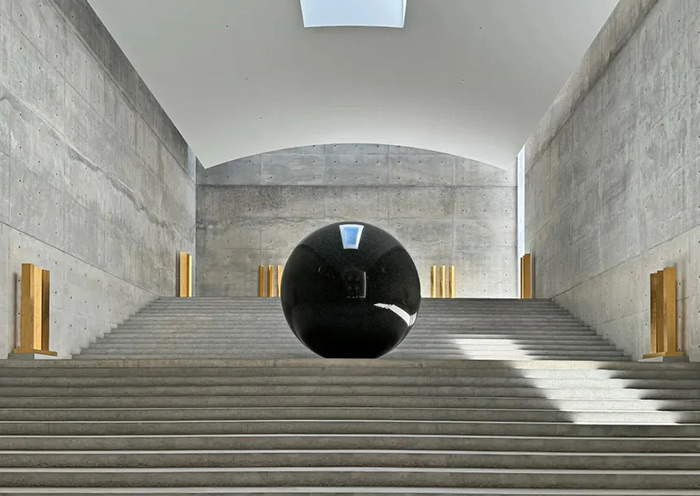
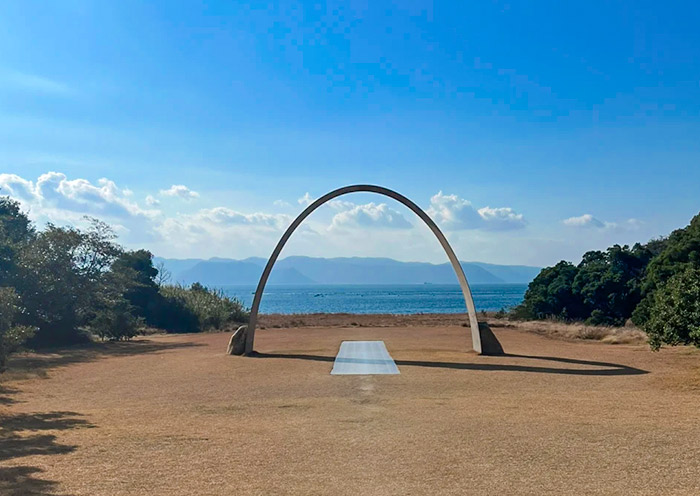
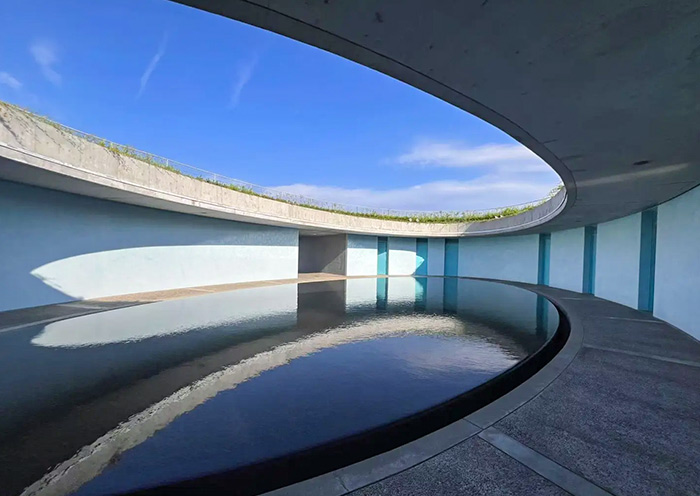
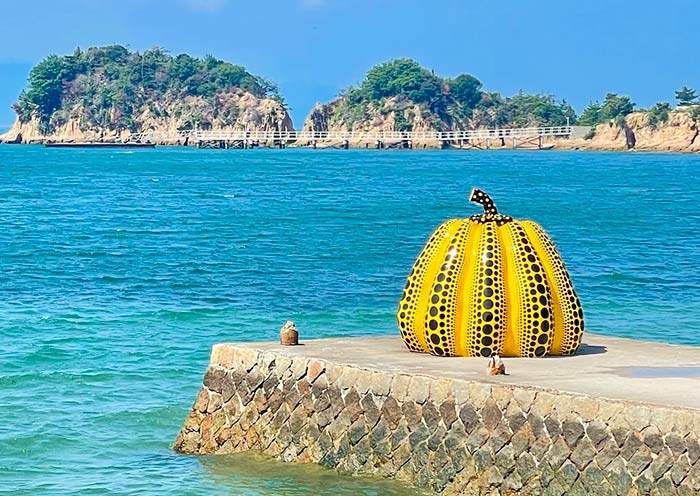
It is time to end your 8 Days Japan Art & Architecture Tour. You will have some free time in Japan to explore further on your own until your driver escorts you to the airport for your flight to your next destination.
If you prefer to travel longer in Japan, you can extend your Japan Tour to other highlighted parts of Japan, such as Hiroshima, Hokkaido, Takayama, Shirakawa-go etc.
Thank you for choosing Asia Odyssey Travel for your tour of Asia. We are dedicated to enhancing your travel experiences and look forward to welcoming you on your next adventure in Asia. Have a safe journey home!
What’s Included & What’s Excluded
What's Included:
What's Excluded:
Important Travel Tips for Visiting Japan
Get the right visa. Depending on your nationality and the length of your stay, you may need to apply for a visa in advance. You can do this online or at a Japanese embassy or consulate. Many countries are part of Japan’s visa exemption program, allowing their citizens to enter Japan for short stays without a visa for tourism. Always check if your country is on this list before applying for a visa. If you have any questions, feel free to contact our travel experts for more information.
The best time to visit Japan depends on your interests:
Spring (March to May): Ideal
for witnessing the cherry blossoms and enjoying mild weather. Major cities like Tokyo, Kyoto, and Hiroshima
are particularly beautiful as cherry trees bloom spectacularly.
Summer (June to
August): Perfect for experiencing vibrant festivals such as Gion Matsuri in Kyoto,
Tanabata Matsuri across the country, and enjoying the natural beauty of Hokkaido, which is less humid than
the rest of Japan. Note that early summer (June) is the rainy season.
Autumn (September to
November): Offers stunning fall foliage, making it a great time for hiking and temple
visits. The weather is cool and pleasant, ideal for outdoor activities.
Winter (December to
February): The best time for winter sports, especially in regions like Hokkaido and the
Japanese Alps. Onsens (hot springs) are also a popular attraction during the cold months.
Bring Cash. Despite advances in digital payment, many smaller vendors, temples, and rural
areas operate predominantly with cash. It’s wise to keep some yen on hand at all
times.
Universal Travel Adapter. Japan uses 100V with two straight thin
pins.
Passport: Ensure it’s valid for at least six months beyond your date
of travel.
Visa (if required): Make sure you have the right visa for your
travel.
Travel Insurance Information: Always good to have on hand.
Bow when greeting: A slight bow is a common way to say hello, thank you, or
sorry.
Be mindful of your noise level: Japanese culture values quietness,
especially in public transportation and residential areas.
Follow the rules: Whether
it's waiting in line or adhering to signage, following local rules and etiquette is highly
valued.
Etiquette in temples and shrines: Wear modest clothing and follow specific
customs such as washing hands and mouth before entering a shrine or temple. Photography might be restricted
in sacred areas.
Looking for more travel guides for first-time visitors to Japan? Want to gather additional information to plan your trip? Our team of professional travel experts has written over 40 articles about Vietnam. Please check out ourJapan Travel Guide for inspiration and detailed insights.
Hotel Conditions for Your Japan Tour
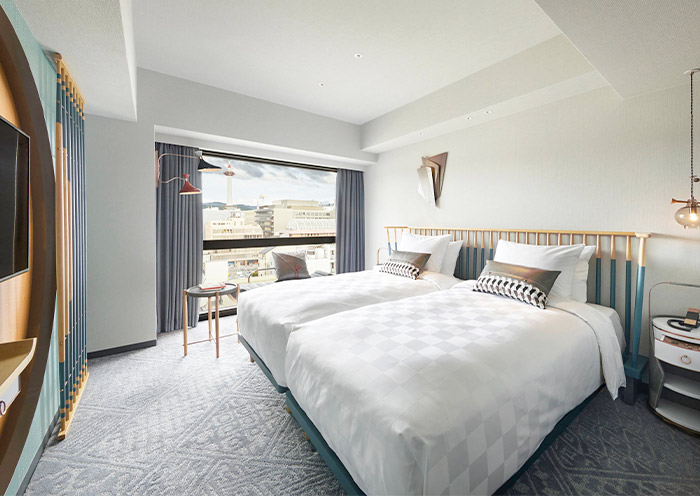

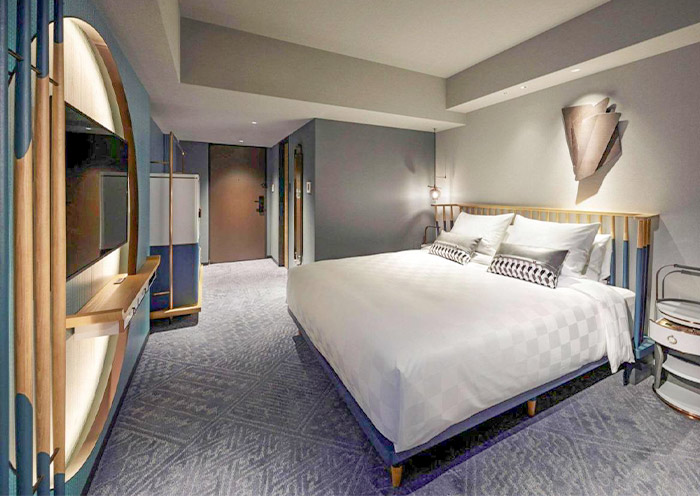
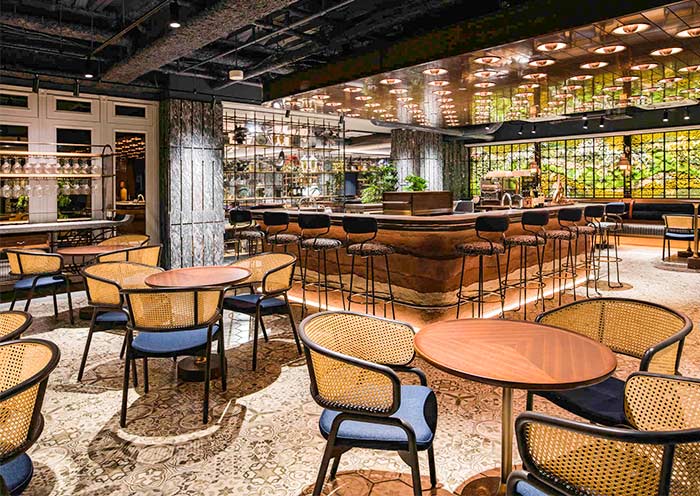
We offer a range of accommodation options to suit various preferences and budgets: luxurious 5-star hotels, comfortable 4-star hotels, and economical 3-star hotels. Our selected hotels are conveniently located close to the city center or popular tourist spots.
For those seeking a more distinctive lodging experience, we also offer Traditional Ryokans, Machiya, Onsen (hot springs) Hotels, etc. If you have specific needs or preferences, please consult with your travel advisor.
Tips: Be aware that hotel room sizes in Japan may be smaller compared to those in other developed countries due to the scarcity of land. If your budget allows, it is recommended to opt for a higher category of hotel, which will generally offer more comfort.
Photo Gallery for This Itinerary
Latest Japan Tours Reviews from Our Customers

Jess
Malaysia
Destination(s): Beijing, Xian, Shanghai, Zhangjiajie
Date of Experience: Sep 04, 2025
Tour Customized by: Yee
You May be Interested in This Tour: 26 Days In-Depth Vietnam China Japan Tour: Ultimate Asia Contrast

Claudia Konrado
Brazil
That’s when a friend recommended Asia Odyssey Travel (AOT), and it was the best decision we made! Not only did they completely customize our entire trip, but they did so at a perfectly reasonable cost. Our travel agent, Abby, was absolutely incredible. She worked tirelessly with us to build out an itinerary, patiently answering all our questions, offering guidance, making changes, and adding new ideas with such care and professionalism. From Disney and Universal for the teens to visits to TeamLab Planets, museums and temples and shopping excursions, ending with a relaxing beach time in Okinawa, Abby worked with us and ensured there was something wonderful for everyone. Even during the trip, she was always available to help and provide support. I truly can’t express how much Abby made a difference in our experience. The entire team at AOT, from the guides to the drivers, was consistently helpful and attentive, ensuring every moment of our journey was smooth and enjoyable. We are so grateful for the wonderful memories created, all thanks to the dedication and expertise of AOT team. We highly recommend them for an exceptional travel experience.
Date of Experience: Jul 01, 2025
Tour Customized by: Abby
You May be Interested in This Tour: Customized Tour

Cheers
Britain
I’m so glad we chose to do this tour! We were looking for a way to escape the summer heat, and Hokkaido was a dream come true. The air was so fresh and the scenery was just incredible—I swear my photos don’t even do it justice.
The highlight for me was definitely the lavender fields in Furano. They were even more beautiful in person than in all the pictures you see online. Our private guide knew the best spots to get a great view without fighting the crowds. Plus, we got to see all the other rainbow flower fields in Biei which were just as amazing.
The trip was super relaxing because we didn't have to worry about a thing. Our driver was so professional, and it was a huge relief to have a private car just for our family. It made getting between all the different towns so easy. We loved exploring the charming canal in Otaru and getting to eat all the fresh seafood in Sapporo. The food in Hokkaido is seriously on another level!
Date of Experience: Jun 10, 2025
Tour Customized by: Cheers
You May be Interested in This Tour: 8 Days Hokkaido Summer Tour: Colorful Family Vacation on Hokkaido Island
Price: From USD request pp
(Based on a private tour for 6 persons staying in 4-star hotels. Prices may vary depending on the itinerary, travel dates, and group size. )
(Book at least 6 months in advance)
